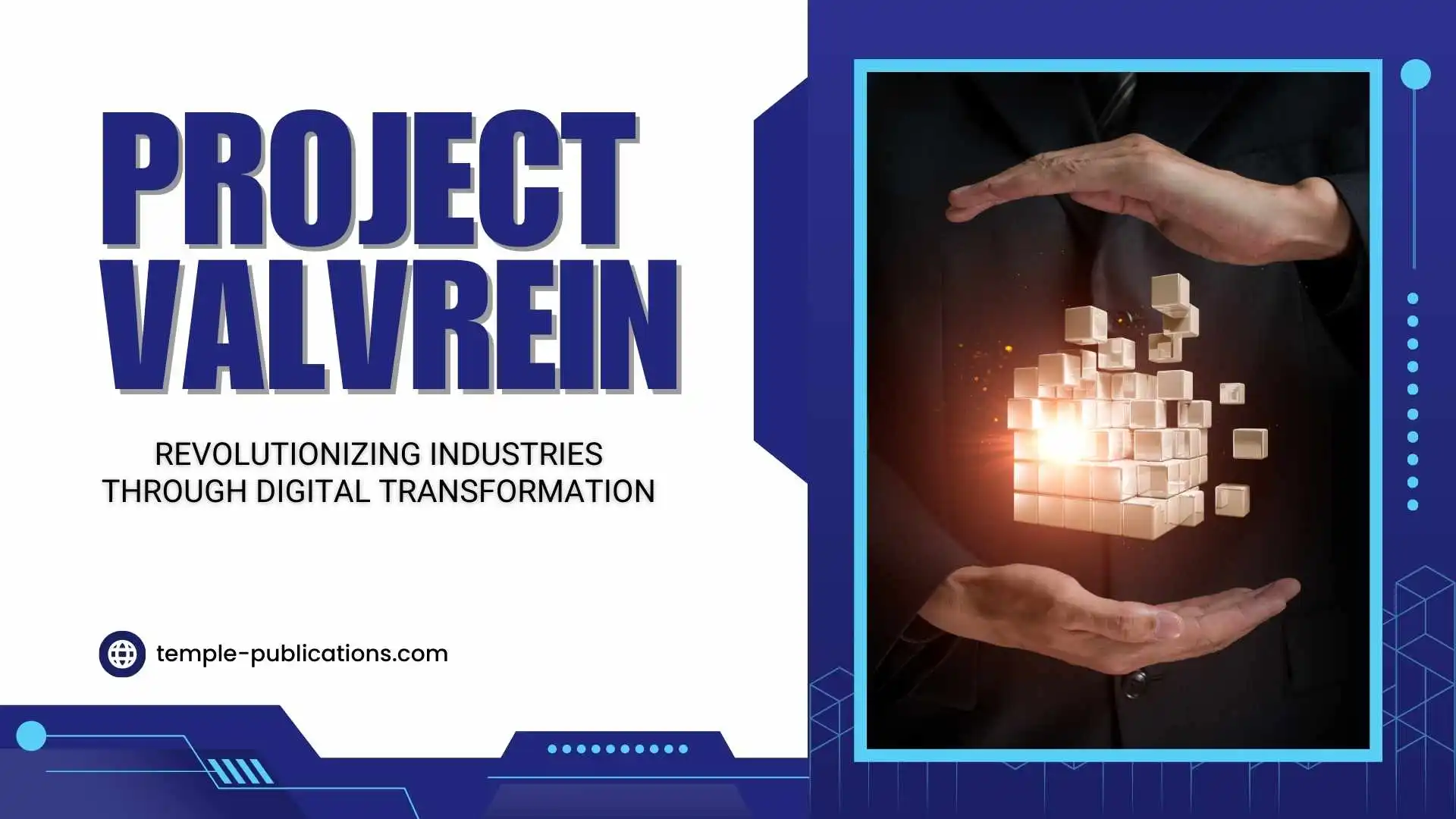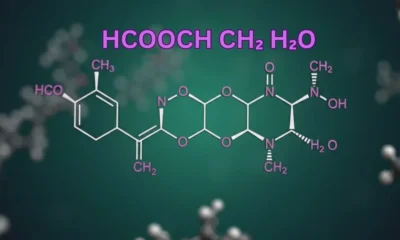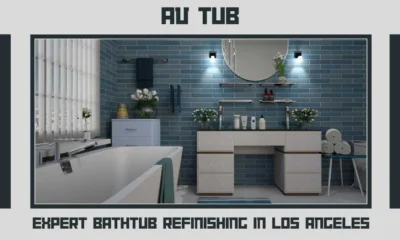AI
Project Valvrein: Revolutionizing Industries Through Digital Transformation

In an era characterized by increasing technological development, Project Valvrein has an opportunity to become one of the key digital business transformation projects to transform industries through the application of new technologies. This far-reaching plan is driven by promising technologies like artificial intelligence (AI), machine learning (ML), blockchain, and the IoT to assist enterprises in improving previously cumbersome processes, reducing costs, and driving new revenues. Focusing itself on such industries as healthcare, manufacturing, retail, and finance, Project Valvrein will offer solutions that would be able to fit both massive enterprises and SMEs.
Goals and Objectives of Project Valvrein
The main objective of Project Valvrein is to disrupt traditional industries through the implementation of digital processes into its value propositions. That way, the project aims to help businesses better respond to changing market needs while remaining relevant in the increasingly digital economy. To achieve the goals of Project Valvrein, three main lines involving the different levels of technological advance and obvious improvement of the detailed workflows are proposed. This streamlining is essential to organizations that are looking to realize the most from the resources available to accomplish tasks.
At the center of digital advance is the concept of efficiency. The goal of Project Valvrein is to apply solutions that optimize performance to achieve efficiency and cost reductions in different fields of operation. Despite all the existing challenges, digital transformation contributes to seeking out new sources of revenue, increasing customer loyalty, and introducing new product or service offers with truly exceptional growth potential.
Key Technologies Utilized
Artificial Intelligence
Artificial Intelligence popularly abbreviated as AI has its application in tasks, and data processing, aiming at making sound decisions. It has uses in several industries ranging from forecasting to using chatbots in customer service and for use in marketing.
Machine Learning
Machine Learning (ML) is a fundamental concept for any organization that makes use of data in decision-making. Marketers use predictive analytics in a way that makes them better able to predict market changes, stock merchandise effectively, and improve customer satisfaction. ML algorithms are variable and learn from data and therefore the results will improve as they are used.
Blockchain Technology
Blockchain technology provides secure and open trading, critical for such industries as the financial market and supply chain. It improves data quality, reduces cases of fraud, and gives stakeholders confidence in an organization by offering them an untouchable record.
Internet of Things (IoT)
The Internet of Things (IoT) enables real-time data collection through interconnected devices. In manufacturing, IoT can monitor equipment performance, predict maintenance needs, and optimize production processes. In healthcare, IoT facilitates patient monitoring and management, improving outcomes and reducing costs.
Sector-Specific Applications
Healthcare
Project Valvrein is the program, looked at to make tremendous changes in the healthcare industry and involves the adoption of telemedicine solutions as a model for remote patient monitoring and data management. The project, with emphasis on data privacy and security, seeks to enhance patient and provider trust.
Manufacturing
In the manufacturing sector, Project Valvrein introduces smart factories. Through the integration of automation and IoT, the supply chain, manufacturing process, wastes, and overall operational costs are maintained at an optimum level.
Retail
The proposed project Valvrein enriches the buyer experience by enabling organizations to deliver consumer-specific add-ons through artificial intelligence tools. Other advancements in merchandising also assist the retailers in stock holding, to avoid excessive stocking or inadequate stock as well.
Finance
In the finance sector, Project Valvrein supports digital banking innovations that streamline transactions and enhance customer experiences. It also employs advanced analytics to improve risk management and fraud detection, ensuring the security of financial transactions.
Target Audience and Beneficiaries
Large Corporations
Project Valvrein caters to large corporations by offering customized solutions that address their complex operational needs. Case studies highlight successful implementations that have led to significant improvements in efficiency and profitability.
Small Businesses
For small businesses, Project Valvrein provides scalable solutions that foster growth. By leveraging digital technologies, small enterprises can compete effectively in a digital landscape, with access to tools that were previously available only to larger organizations.
Implementation Strategy
The implementation of Project Valvrein is structured into phases:
- Initial Assessment and Planning: Identifying specific needs and setting goals.
- Development and Integration: Creating tailored solutions and integrating them into existing systems.
- Training and Support: Providing comprehensive training to ensure smooth adoption and ongoing support.
Future Trends and Innovations
Thus, Project Valvrein continues its focused work on the future development of key technology trends, such as quantum computing and advanced robotics that are expected to be crucial in digital transformation. The increased uptake of digital technologies will persistently transform industries, changing core approaches to doing business, customer experiences, and value delivery. The technological advancements in AI and ML practices will continue to provide a crucial influence on business models so that organizations can again amend their approaches and become much more customer-focused and inspire ideas. Companies that adopt these technologies will stand themselves in good stead in the future.
Conclusion
Project Valvrein depicts a marked advancement in the interactions of paradigms with various industries and the use of digital technologies. As a concept that has disrupted functions and operations, transformed productivity and efficiency, and established ways to create value and new markets, it is a guide that speaks to organizations leveraging the digital age. As organizations begin this change process, Project Valvrein exemplifies the forces of adaptability and creativity and anticipatory strategies leading to the future evolution of industries.
-

 BIOGRAPHY7 months ago
BIOGRAPHY7 months agoBehind the Scenes with Sandra Orlow: An Exclusive Interview
-

 HOME1 year ago
HOME1 year agoDiscovering Insights: A Deep Dive into the //vital-mag.net blog
-

 HOME1 year ago
HOME1 year agoSifangds in Action: Real-Life Applications and Success Stories
-

 BIOGRAPHY1 year ago
BIOGRAPHY1 year agoThe Woman Behind the Comedian: Meet Andrew Santino Wife




























